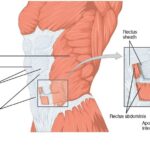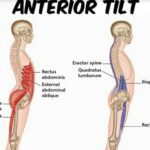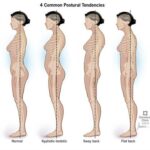Getting regular massages has many benefits, but those benefits are tremendously increased if self-care techniques are used in between sessions. This “homework”, given by your therapist, usually includes: hot/cold therapy, stretching, self-massage, lifestyle habits and rest.
1) Hot/cold therapy:
Hot therapy: heat helps soothe and relax the muscles, and increases blood flow to the area. It is great for tight muscles and muscles knots. Use a heat pack (electric or microwave heatable) or soak in a bath of Epsom salts for 20min (you will have the benefits of heat as well as some possible benefits from Epsom salts).
Cold therapy: ice numbs pain and decreases inflammation. It is best used for acute conditions (eg: severe sprain, severe neck pain) and for swollen areas. Use a cold pack, roll a bottle of frozen water or use an ice cup (you can buy them specifically or just freeze a dixie cup).
2) Stretching:
In-between sessions, stretching the area(s) that were worked on helps increase flexibility, reduce stiffness, and promote blood flow. Your therapist will demonstrate the home stretches that are recommended for you. Stretching can be done anytime of the day, whenever you feel stiff, but it is best to include it in your routine in order to stick with it. For instance, stretch after every exercise session you do, at your afternoon break at the office, or do yoga once a week.
See the video above for recommended stretches at the desk.
3) Self-massage:
Self-massage can be done in-between sessions using several methods. You can knead your muscles if they are within reach (eg: calves, forearms, feet). You can use a foam roller for broad areas (eg: Iliotibial Band or IT band, Hamstrings) or The stick. Or you can use a tennis or Lacrosse ball for smaller areas (eg: knot in the neck or back). The Rumble roller is a great tool that resembles a foam roller with spikes.
4) Rest and lifestyle habits:
Rest: in some cases, you may need to rest for a couple of weeks to let an injured area heal and the pain recede. To rest, you should stop any activity that causes pain; for example, if running hurts your knees, try the elliptical or swimming instead (swimming is always a great recovery exercise because it’s low impact). If you cannot rest (for example, if you hurt your wrist but need to type all day at work), give your joints/muscles a rest with sports tape, braces, Kinesio tape (see related blog post here), …
Once the pain recedes, and before you return to your anterior activities, try to determine the cause of your issue and modify it. Your therapist can usually help you find it. For example: carrying a heavy bag on the same shoulder everyday, using a bike without proper fitting, using running shoes that are worn out, etc. Making ergonomic changes at home, work or in your sport are very important to make sure your issues don’t come back.
With proper self-care and frequent massages your various pain and aches can be reduced to give us improved performance and healthier lives!
This article and video are for educational purposes only; do not attempt without your physician’s clearance. If you are in pain or injured, see your physician.
Copyright © Vidal Sports LLC 2018






